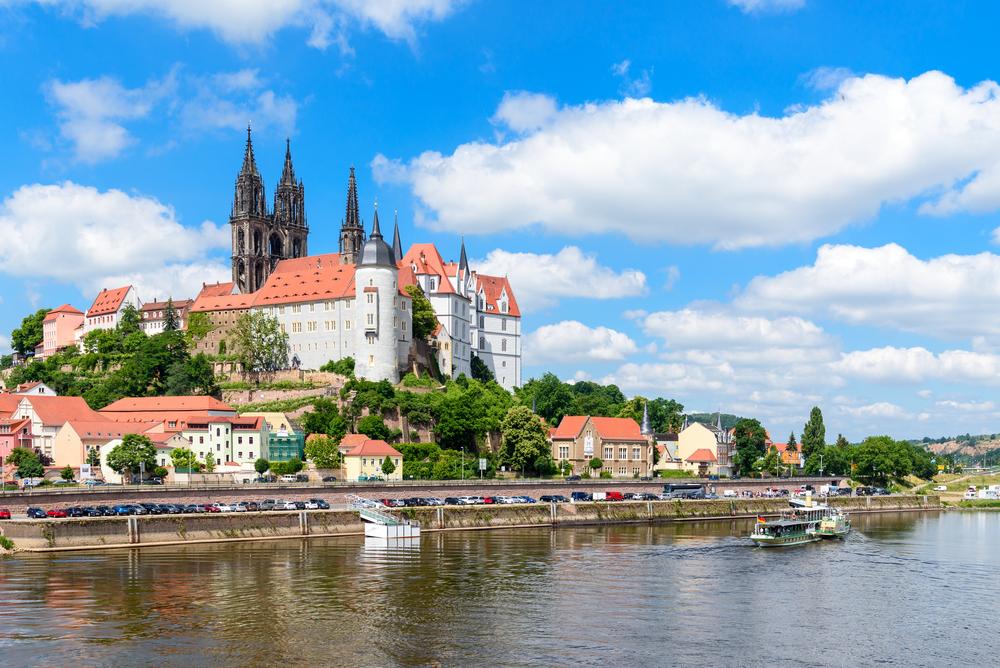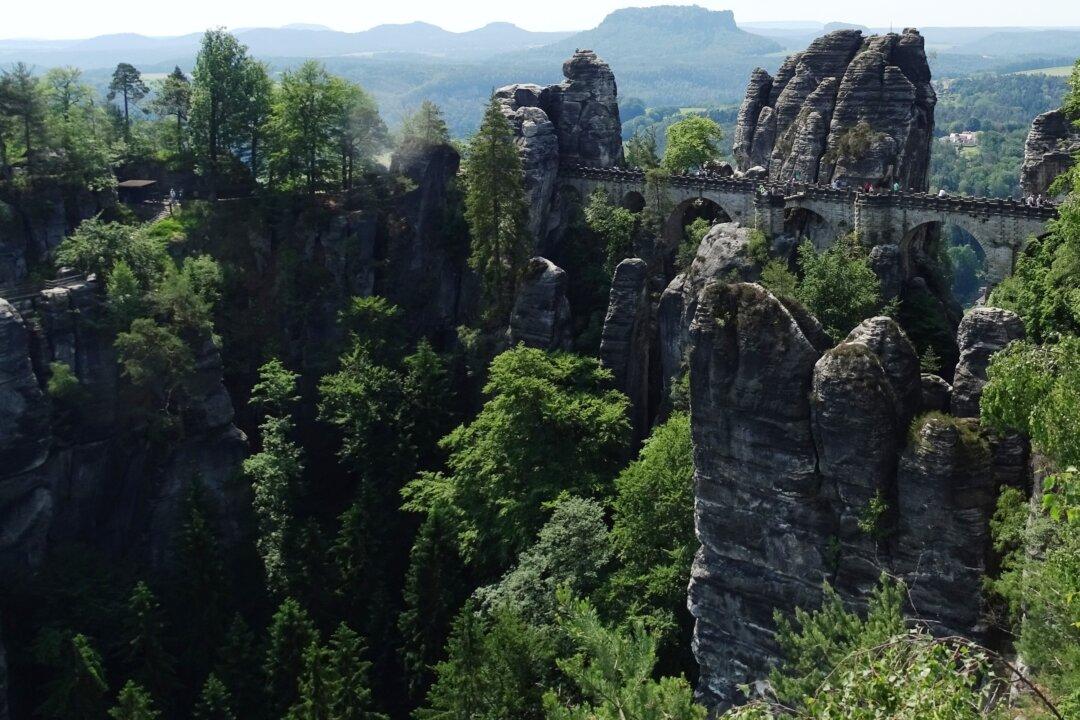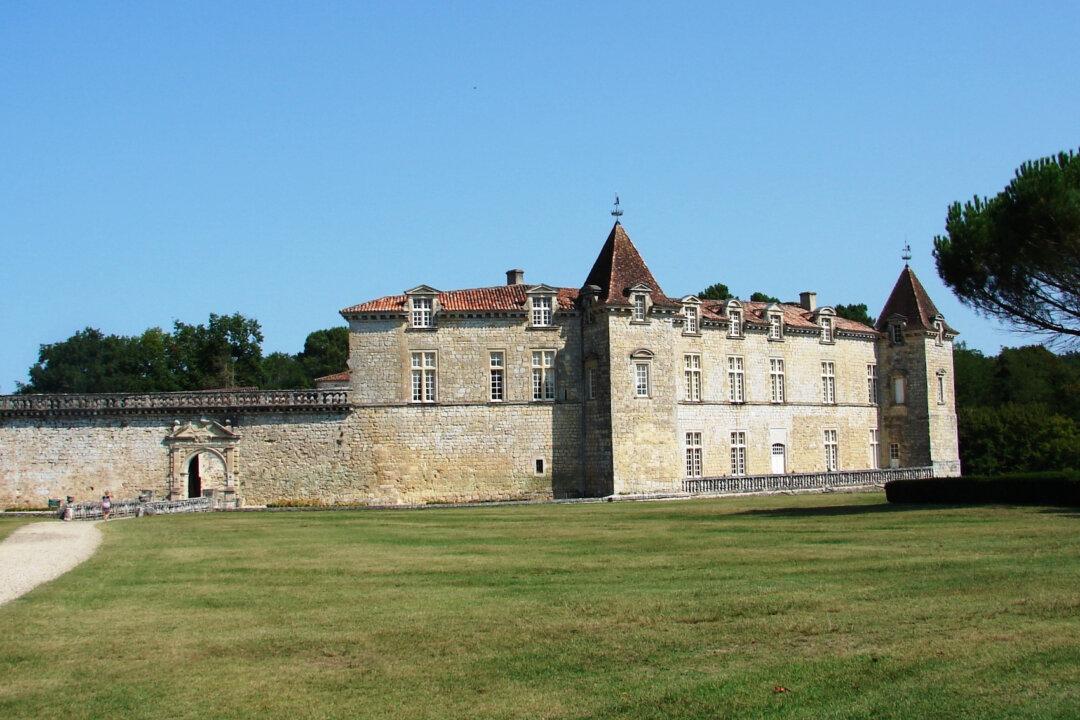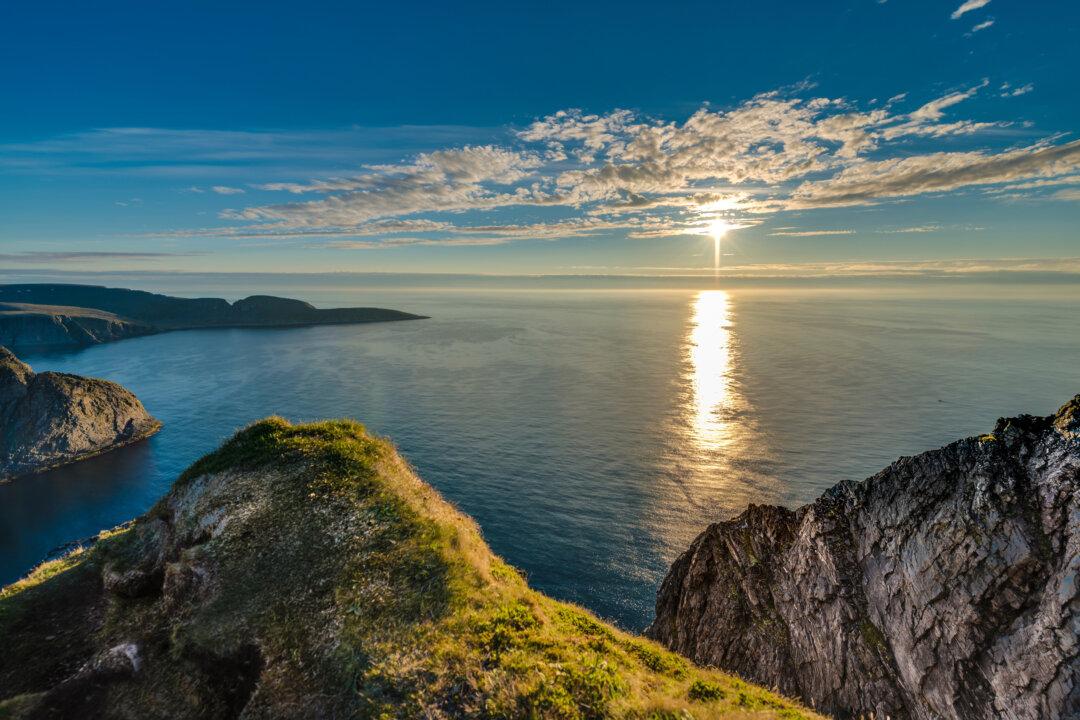European river cruising seems to increase in popularity every year, and trips along the Danube, Rhine, and Seine are apparently the most popular; however, I’ve just discovered a fantastic cruise, run by Viking, between Prague and Berlin, along the Elbe River. And it’s definitely worthwhile.
A Unique River Cruise
What makes this particular river cruise especially unique is that it’s more tranquil, as there aren’t nearly as many other cruise ships sharing space on the Elbe River.
Meissen, Germany, home to Albrechtsburg Castle. Shutterstock





